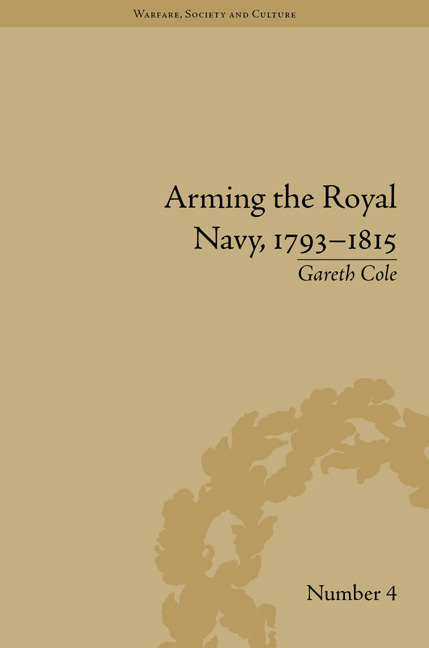Book contents
- Frontmatter
- CONTENTS
- Acknowledgements
- List of Figures and Tables
- Introduction
- 1 The Office of Ordnance and Its Mode of Operation
- 2 Ordnance Relationships with Other Government Departments
- 3 Relations between the Ordnance and Its Contractors
- 4 The Supply of Gunpowder to the Royal Navy
- 5 The Supply of Iron Ordnance to the Royal Navy
- 6 Ordnance Shipping
- 7 The Operations of the Ordnance Outports
- Conclusion
- Notes
- Works Cited
- Index
2 - Ordnance Relationships with Other Government Departments
- Frontmatter
- CONTENTS
- Acknowledgements
- List of Figures and Tables
- Introduction
- 1 The Office of Ordnance and Its Mode of Operation
- 2 Ordnance Relationships with Other Government Departments
- 3 Relations between the Ordnance and Its Contractors
- 4 The Supply of Gunpowder to the Royal Navy
- 5 The Supply of Iron Ordnance to the Royal Navy
- 6 Ordnance Shipping
- 7 The Operations of the Ordnance Outports
- Conclusion
- Notes
- Works Cited
- Index
Summary
In order to successfully complete its obligations to the navy and the army, the Ordnance needed to liaise with other organs of government. This chapter will demonstrate that the faults and criticisms that have been levelled at it over the years have not been fair. Many of the problems seem to have stemmed from endemic failures of communication between all aspects of the government bureaucracy.
It has been said that the Secretary of State for War ‘was the ultimate authority over the Army and the Ordnance, in respect of their employment and supply’. This was the only case after July 1794. From 1782, until the creation of the Secretary of State for War, the Home Office had been in charge. In addition, because Richmond and Cornwallis were ignored by Pitt there became a subordination of the Master-General to the Commander in Chief who had also taken over some of the Master-General's role as regards coastal defences. Richard Glover adds that there were four men in the cabinet who had responsibility for the defence of Britain: the First Lord of the Admiralty; the Secretary of State for War; the Home Secretary; and Master-General of the Ordnance. The Ordnance was, thus, integral to the military successes during the wars, but it could not act alone.
- Type
- Chapter
- Information
- Arming the Royal Navy, 1793–1815The Office of Ordnance and the State, pp. 37 - 54Publisher: Pickering & ChattoFirst published in: 2014



